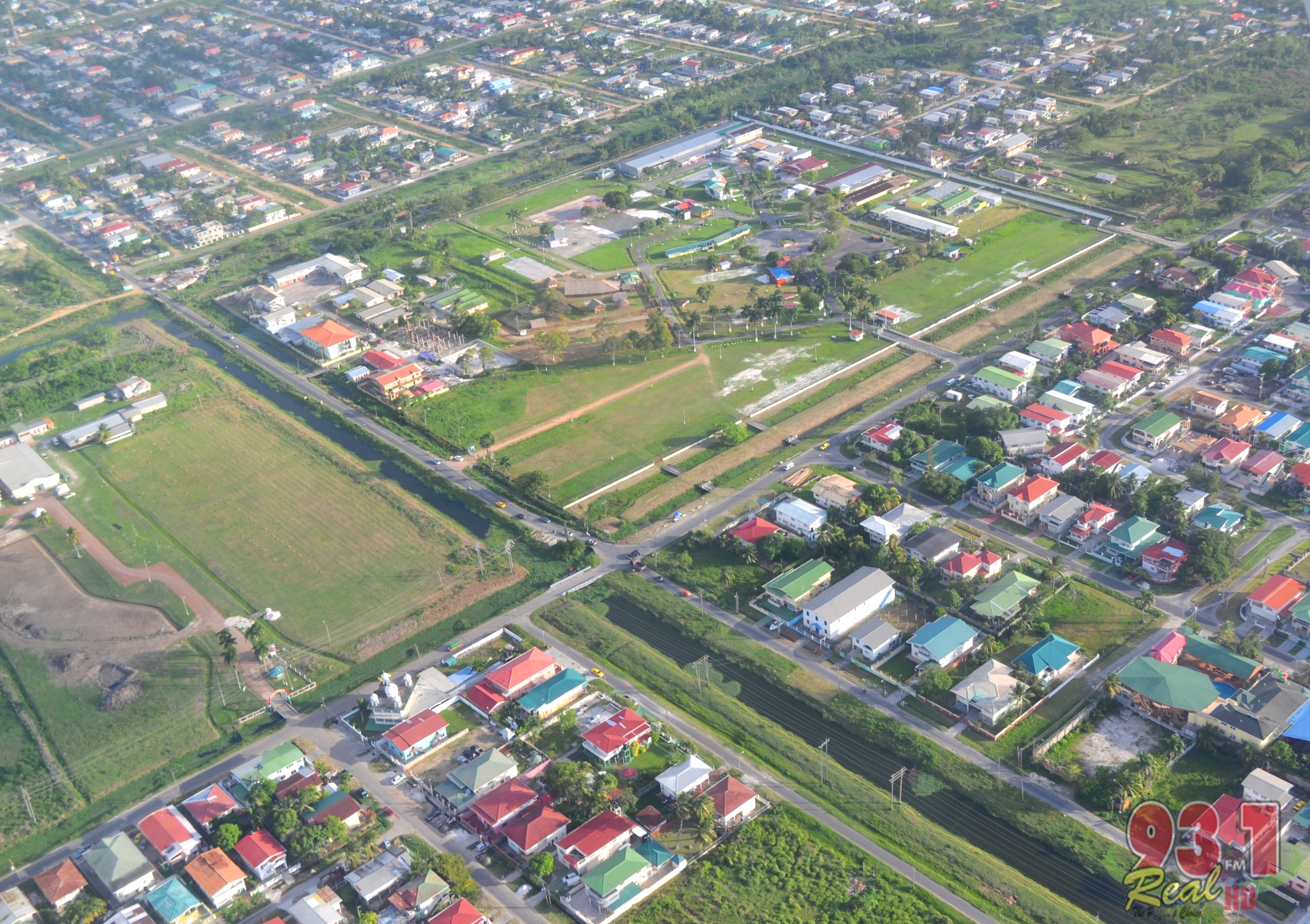Recently, it was reported in some sections of the media that Guyana’s economic report for the fiscal year ended 2017, revealed that the trade deficit in Guyana’s Balance of Payment figures widen from US$53 million in 2016 to US$69 million as at the end of 2017.
This article seeks to address this topic by explaining what is balance of payment and how does it affect the economy. The illustrations below depicts the movements in Guyana’s Balance of Payment figures over the last ten years:
Balance of Payment overall balances
| Year | 2008 | 2009 | 2010 | 2011 | 2012 | 2013 | 2014 | 2015 | 2016 | 2017 |
| US$M. | 5.6 | 234.5 | 116.5 | (15) | 32.9 | (119.5) | (116.4) | (107.7) | (53.3) | (69) |
Source: Bank of Guyana Annual Reports.
—————————————————————————————————————————————————–
As can be observed from the data above, over the last ten years, Guyana’s trade balance recorded a surplus in years 2008, 2009, 2010 and 2012 with the highest surplus during that period of US$234.5 million in 2009, and a trade deficit in the years 2011, 2013, 2014, 2015, 2016 and 2017 with the highest deficit of US$119.5 million in 2013.
The balance of payment (BOP) of a country or sometimes referred to as trade balance, is defined as a systematic summary statement of a country’s international economic transactions during a given period of time, usually a year. In other words, it is a record of transactions between its residents and foreign residents over a period of time, or, the imports and exports transactions of a country.
The importance of balance of payments
- It serves as an indicator of the changing international economic or financial position of a country.
- It helps in formulation of a country’s monetary, fiscal and trade policies.
- It helps in determining the influence of trade and transactions on the level of national income of a country.
- It is useful to banks, firms, financial institutions and individuals which are directly or indirectly involved in international trade and finance.
- It is an economic barometer of nation’s progress vis-à-vis rest of the world.
Economic growth in developing economies: balance of payment constrained growth? The case of Nigeria
In the case of Nigeria, balance of payments instability was found to have complicated macroeconomic problems and financial management. Over the last three decades or so, there has been growing trend in fluctuations of Nigeria’s balance of payments. Balance of payments crisis usually distorts the working of the entire economic system because it creates disequilibrium between the supply and demand for money (Nwani, 2003).
The different economic measures put in place by various governments in the 1980s could not turn around the balance of payments problem. For example, the Nigerian exports promotion policy, import substitution industrialization, exchange rate policy and the structural adjustment programme. The worst of all was the transitional period of democracy (1999-2010), balance of payments continued to show red, though the government tried to change the course of the balance of payments (Anoka & Takon, 2014).
Causes of the balance of payments problem
In some respects, in an open economy, balance of payment reflects the net result of equilibrium, or disequilibrium, in the domestic economy. If there is a savings gap, that is, if domestic savings is not sufficient to cover domestic investment, the economy needs net inflow of capital to cover the shortfall.
In the same way, a trade gap with the domestic demand for goods and services exceeding domestic production, can only be covered by a trade deficit with the outside world. Such a trade deficit, however, must be financed with foreign exchange and a country with a trade deficit therefore needs a net inflow of capital from the rest of the world or, alternatively, a sufficiently high level of foreign reserves.
With that in mind, in order to reduce Guyana’s vulnerability for the balance of payments problem therefore starts at home. Such that, it is domestic savings and investment that in the long run, must be in equilibrium. Also, domestic production and expenditure should be aligned; the efficiency of the domestic industries must be improved in order to make domestic export products more competitive in world markets.
Efforts to address a balance of payment problem more directly – that is, by manipulating imports, exports and capital movements, do not rectify the basic causes of the problem, and as such, often leads to even more controls. Such direct controls, like borrowing foreign funds to finance a deficit, can only alleviate the problem in the short run (Stals, 1993).
*The author is the holder of a Master of Science Degree from a UK university in Business Management, with specialism in Global Finance and Financial Markets.












